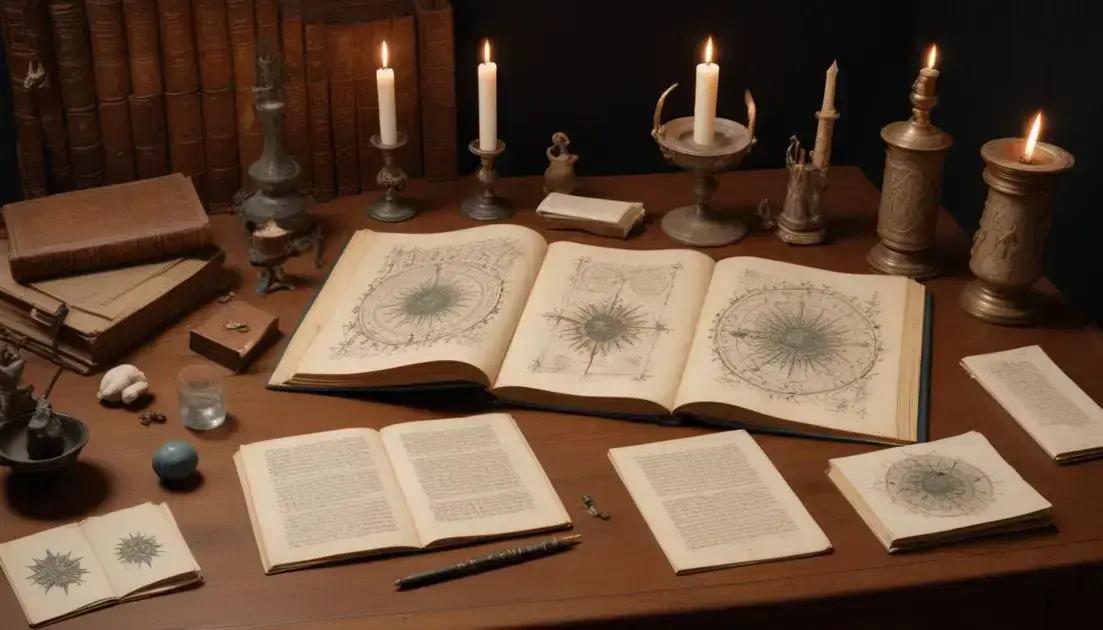
Philadelphia Experiment: Myth of Naval Invisibility
The Philadelphia Experiment is a controversial tale suggesting the U.S. Navy made a warship invisible during World War II. Originating from 1950s claims, it sparked intrigue and conspiracy theories. While proponents believe in hidden military technology, skeptics point to a lack of scientific evidence. The narrative has influenced pop culture through movies and books, keeping the mystery alive. This story fuels discussions about military secrets and pushes us to consider the unknown possibilities of science.
Have you heard of the Philadelphia Experiment? This bizarre tale mixes military claims of invisibility with conspiracy theories and mysticism. Dive in with me!
Introduction to the Philadelphia Experiment
The Philadelphia Experiment is a fascinating tale that blends military history with mystery. It claims that a U.S. Navy ship vanished and became invisible during World War II. Many believe it was part of a secret project to test advanced technology.
This experiment supposedly happened in 1943. Sailors on the USS Eldridge reported strange experiences. Some said they saw the ship flicker and disappear. Others claimed it traveled through time or space. These stories sparked widespread curiosity and debate.
But is there any truth to these claims? The U.S. Navy has denied the experiment’s existence. They say it is nothing more than a hoax or a rumor. However, the tale continues to inspire conspiracy theories and pop culture.
Movies, books, and documentaries have explored this mystery. They often mix fact with fiction, making it hard to separate real events from imagination. Many are drawn to the idea of hidden knowledge and secret military projects.
Whether you see it as a true story or a myth, the Philadelphia Experiment remains a captivating topic. It invites us to question what we know about science, technology, and the unexplained.
Background and Origins
The Philadelphia Experiment has interesting roots. It started in the 1940s during World War II. The U.S. Navy was focused on developing technology to protect their ships. The goal was to make naval vessels harder to spot by enemies.
The stories began in the 1950s. A man named Carl Allen claimed he was on the USS Eldridge during the experiment. He described how the ship became invisible and even teleported. His claims sparked curiosity and debates.
In 1956, a writer named Morris K. Jessup published a book about Allen’s story. Jessup was fascinated by the idea of hidden military projects. His book drew attention to the tale, making it more popular.
After Jessup’s book, many people started to investigate. Some believed in Allen’s claims, while others thought it was pure fiction. This mix of belief and skepticism kept the story alive.
Over the years, different versions of the experiment spread. Movies and books added their twists to the tale. They helped create a myth surrounding the Philadelphia Experiment.
Theories and Conspiracy Questions
The Philadelphia Experiment has led to many theories and questions. Some people think the Navy tried to create invisibility technology. Others believe it was a cover-up for something more mysterious. These ideas grab attention and spark debates.
One common theory is that the experiment involved advanced physics. Some suggest it could have included ideas about time travel. Scientists debate whether such things are even possible. Theories often mix facts with speculation, making them exciting yet hard to believe.
Another interesting question is about the sailors. Those who claim to have witnessed the event describe bizarre experiences. Some reported feeling strange sensations or being affected in odd ways. But were these honest accounts or the results of stress and fear?
Conspiracy theorists point to the lack of clear information. They argue that the government has hidden the truth. With little official recognition, it’s easy for stories to grow. This lack of clarity keeps the mystery alive.
Books and movies about the Philadelphia Experiment add fuel to these theories. They offer thrilling twists that keep audiences guessing. This blend of history and fiction creates a rich tapestry of ideas.
Scientific Explanations or Lack Thereof
The Philadelphia Experiment raises many questions about science. Some people wonder if the claims have any real scientific backing. Many researchers argue that there’s no solid evidence supporting the idea of invisibility technology.
Several scientists have studied the stories. They often point out that the physics involved is complicated. For example, making something invisible involves bending light around an object. This concept is still in the experimental stages, even today.
Some theories suggest the Navy may have experimented with electromagnetic fields. These fields could, in theory, make things harder to detect. However, these ideas are not proven using real-world tests. Scientists say the claims need more evidence to be credible.
Additionally, many aspects of the Philadelphia Experiment sound like science fiction. Teleportation and time travel are popular in movies and books. Still, they remain untested in practical science.
The lack of evidence has led many critics to dismiss the experiment as a hoax. They argue that the stories are just myths fed by conspiracy theories. These criticisms help remind us to look for solid facts when exploring strange events.
Cultural Impact and Legacy of the Experiment
The Philadelphia Experiment has had a lasting cultural impact. It has inspired movies, books, and documentaries over the years. Many stories mix fact with fiction, creating a rich tapestry of intrigue.
Films like “The Philadelphia Experiment” bring the story to life. They explore the idea of invisibility and time travel. These movies keep the mystery alive and attract new audiences.
Books about the experiment often dive deeper into conspiracy theories. They discuss possible cover-ups and what might have really happened. This adds layers to the tale, making it more interesting.
Documentaries take a more factual approach. They interview experts and investigate the claims more seriously. These shows often contrast personal stories with scientific viewpoints, creating a balanced picture.
In broader culture, the Philadelphia Experiment symbolizes hidden knowledge. People are often interested in the unknown and the potential for secret technologies. This makes the experiment a captivating topic for discussions.
The legacy of the Philadelphia Experiment continues today. With each new story or film, the mystery draws in more fans. It prompts us to think about what the military might keep hidden and what future technologies could bring.
Conclusion and Current Perspectives
Discussions about the Philadelphia Experiment continue today. Many people remain fascinated by its mysteries and theories. The stories have evolved, blending fact and fiction over time.
Today, some researchers are still looking into the claims. They explore the possibilities of invisibility and advanced technology. Although there are many skeptics, the story keeps attracting interest.
Online forums and social media play a big role in its revival. Fans share theories, discuss movies, and explore the story’s impact. This interaction keeps the legend active in popular culture.
The ongoing interest shows how the Philadelphia Experiment resonates with our curiosity about science and the unknown. It reminds us that sometimes, reality can be stranger than fiction.
As more people learn the tale, its legacy will likely grow. Whether you believe in it or not, the story will always capture the imagination.
Conclusion
In summary, the fascinating tale of the Philadelphia Experiment continues to captivate our imagination. The mix of conspiracy, science, and mystery keeps this story alive in pop culture. While many theories surround the event, clear answers remain elusive. Yet, it’s this uncertainty that makes the experiment so intriguing.
As we explore theories and cultural impacts, we recognize our desire to understand the unknown. The legacy of the Philadelphia Experiment encourages us to question what we know about technology and military secrets. Whether you’re a skeptic or a believer, this story invites us all to think deeper.
Ultimately, the Philadelphia Experiment is more than just a historical tale; it’s a reminder that some mysteries may never be fully solved. We can enjoy the debate and speculation it brings, allowing our imaginations to roam freely.


